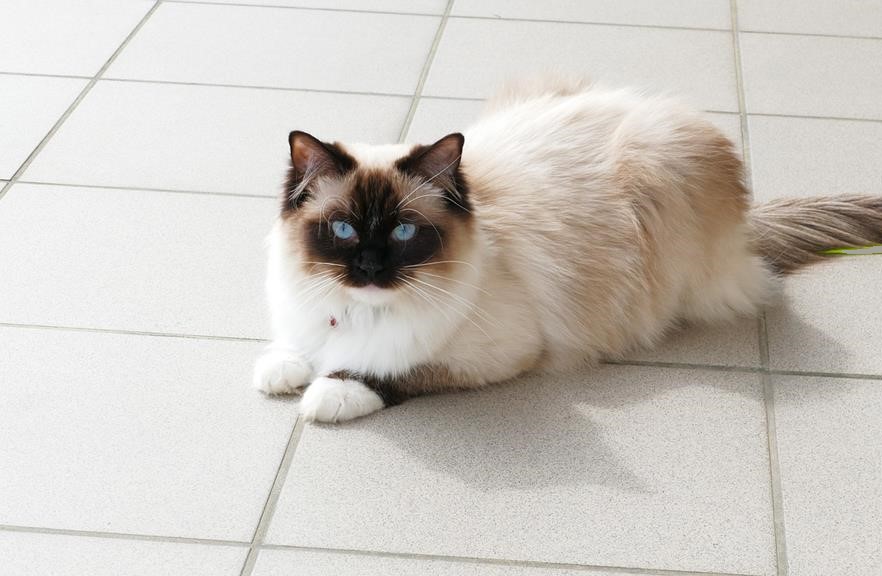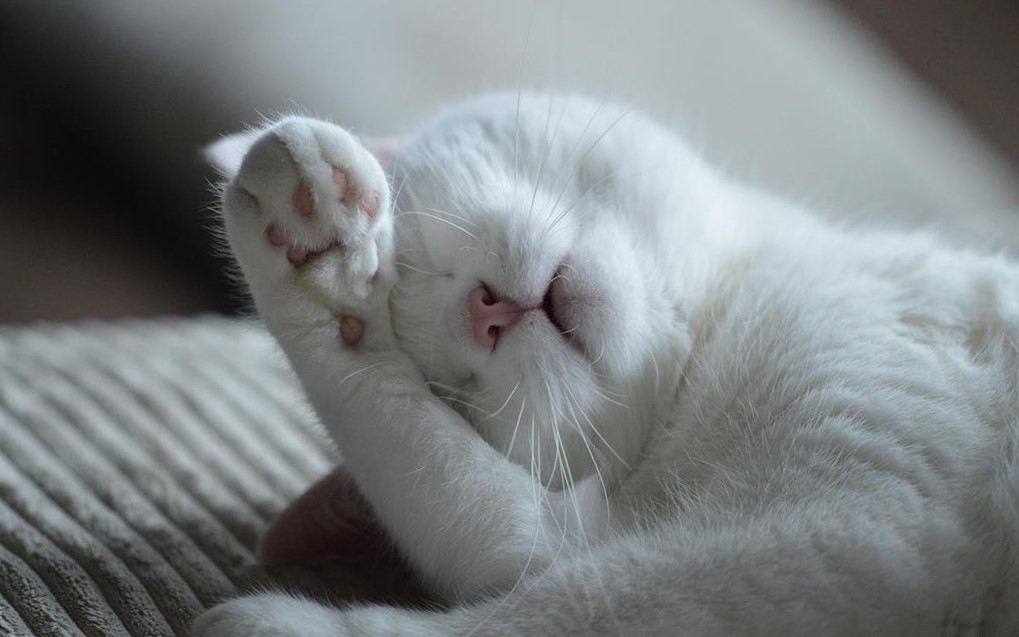Ragdoll cats, known for their striking appearance and gentle demeanor, are beloved companions in many households. Just like any other pet, Ragdolls can face health challenges from time to time. As a responsible cat owner, it’s crucial to be attentive to your feline friend’s well-being and be able to recognize signs of potential diseases. But how can you tell if a Ragdoll cat has diseases? In this article, we’ll explore common signs of illness in Ragdolls and offer guidance on when to seek veterinary care.
Observe Changes in Behavior:
- Lethargy: If your typically energetic Ragdoll becomes unusually lethargic and spends more time sleeping than usual, it could be a sign of an underlying health issue.
- Change in Appetite: A sudden decrease or increase in appetite can be indicative of various health problems. Consult your veterinarian if you notice significant changes in your cat’s eating habits.
- Avoiding Social Interaction: Ragdolls are known for their affectionate nature. If your cat suddenly becomes withdrawn, hides excessively, or avoids social interactions, it might signal discomfort or pain.
Physical Symptoms to Watch For:
- Vomiting and Diarrhea: Occasional hairballs are common, but persistent vomiting or diarrhea could indicate gastrointestinal issues or infections.
- Weight Changes: Significant weight loss or gain without a change in diet could be a symptom of an underlying health condition such as thyroid issues, diabetes, or digestive problems.
- Respiratory Issues: Ragdolls are prone to certain respiratory conditions. Watch for signs like coughing, sneezing, wheezing, or labored breathing.
- Changes in Urination: Straining to urinate, frequent urination, blood in the urine, or urinating outside the litter box could point to urinary tract issues.

Physical Signs on the Body:
- Skin and Coat Changes: Ragdolls often have luxurious coats, so any changes in coat texture, excessive shedding, bald patches, or skin irritations could indicate dermatological problems.
- Eye and Ear Issues: Watery eyes, redness, discharge, squinting, or excessive scratching of the ears might be signs of eye or ear infections.
- Oral Health: Bad breath, drooling, difficulty eating, or pawing at the mouth could suggest dental issues or oral infections.
When to Seek Veterinary Care:
While it’s natural for cats to have occasional off days, consistent or worsening symptoms should not be ignored. If you notice any of the following, it’s recommended to consult a veterinarian promptly:
- Persistent or Severe Symptoms: If your Ragdoll displays consistent or severe symptoms, it’s important to seek medical attention as soon as possible.
- Rapid Deterioration: If your cat’s health rapidly deteriorates, don’t delay in seeking professional help.
- Behavioral Changes: Sudden and unexplained changes in behavior should be investigated, as they could be indicative of underlying health issues.
- Lack of Improvement: If you’ve tried home care for minor issues and your cat isn’t showing improvement, consult a veterinarian.
Conclusion:
Caring for your Ragdoll cat involves more than just providing love and companionship; it also requires vigilant monitoring of their health. Recognizing signs of diseases early on can lead to timely interventions and better outcomes. Regular veterinary check-ups are essential for maintaining your Ragdoll’s well-being, and your veterinarian can provide guidance on preventive care, diagnostics, and treatment options. By staying attuned to your cat’s behavior, physical symptoms, and any changes, you play a vital role in ensuring a healthy and happy life for your cherished Ragdoll companion.



